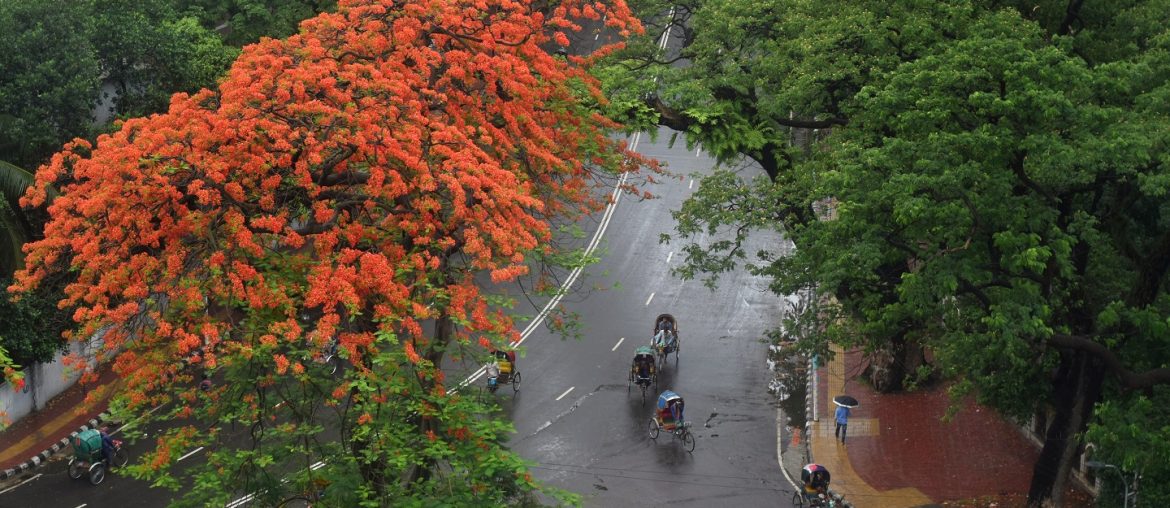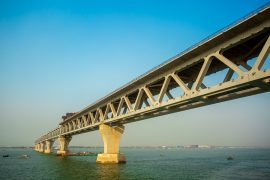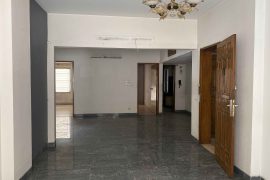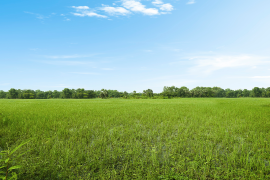Dhaka, the bustling metropolis of Bangladesh, has gone through many significant historical events. Although the exact time of the establishment cannot be ascertained with certainty, experts believe Dhaka has almost 400 years of history. Since it’s prominence in the Mughal period, Dhaka or more specifically the roads and squares of Dhaka, have stood witness to many significant events that changed the course of our country’s history as we know it. As these events played big roles in changing the shape of the country, it also had a huge influence on naming specific areas and roads. Let’s take a look at some of those historical roads/squares of Dhaka that are intertwined with the history of Bangladesh.
Fuller Road
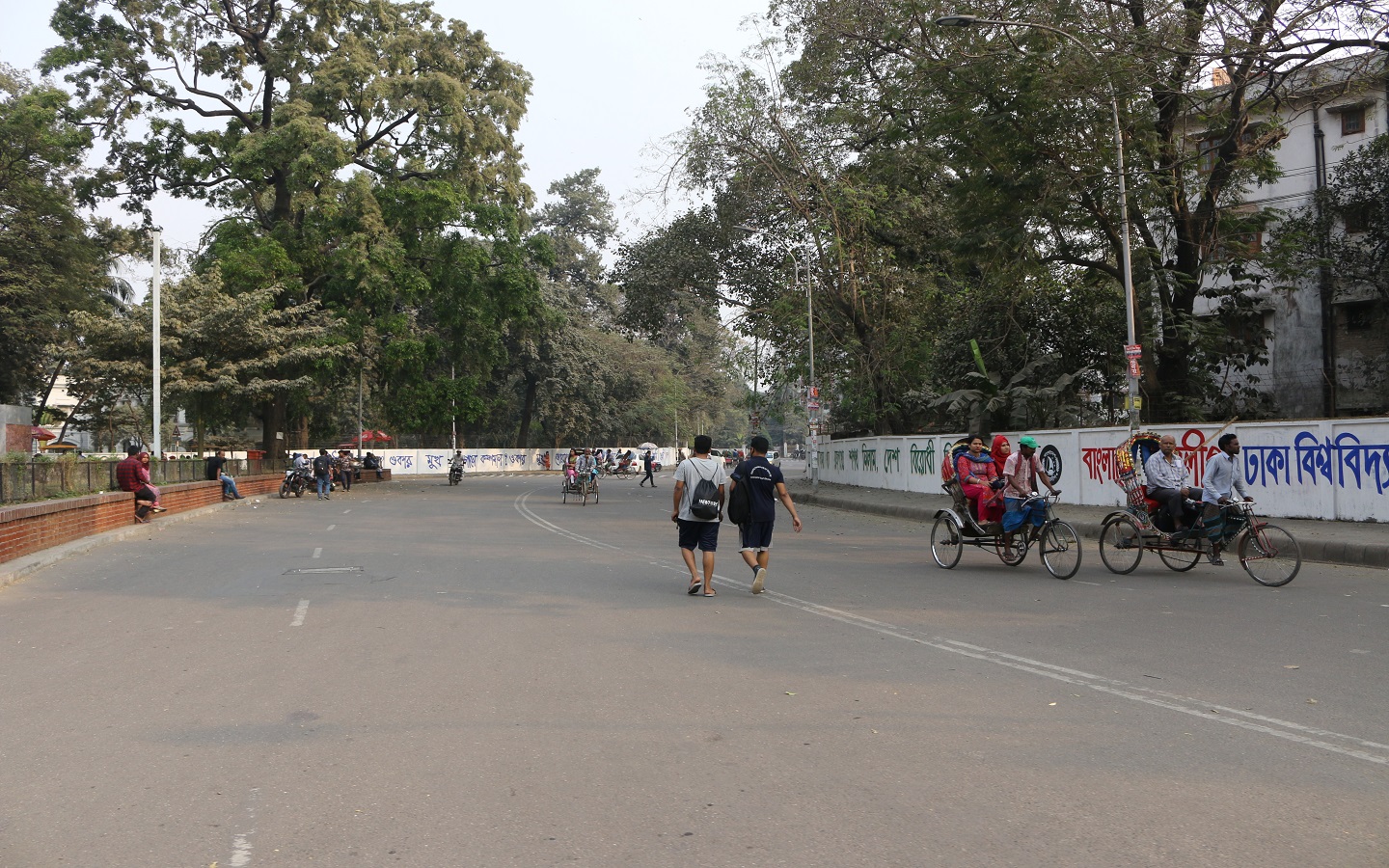
Fuller Road is located in the middle of the University of Dhaka campus and named after the first Lieutenant Governor of the province of East Bengal and Assam, Bampfylde Fuller. This road is legendary. As most of Bangladesh’s recent history is tied with the liberation war of 1971, the significance of Fuller road is also associated with the same event. When the war broke out, Fuller road was one of the areas that were affected the most.
The graves of the intellectuals (or plaques honoring them) who were martyred in 1971 can be found lining the road inside the university staff quarters. Enter from Azimpur Road and you will see the Salimullah Muslim (or SM) Hall at one side, and the Jagannath Hall on the other. These buildings are historic, incorporating features not only of Mughal architecture but also of the colleges and halls of Oxford University. Exit the road on Nilkhet road, you will find another commemorative area containing plaques listing university teachers, staff members, and students martyred in 1971.
Asad Gate
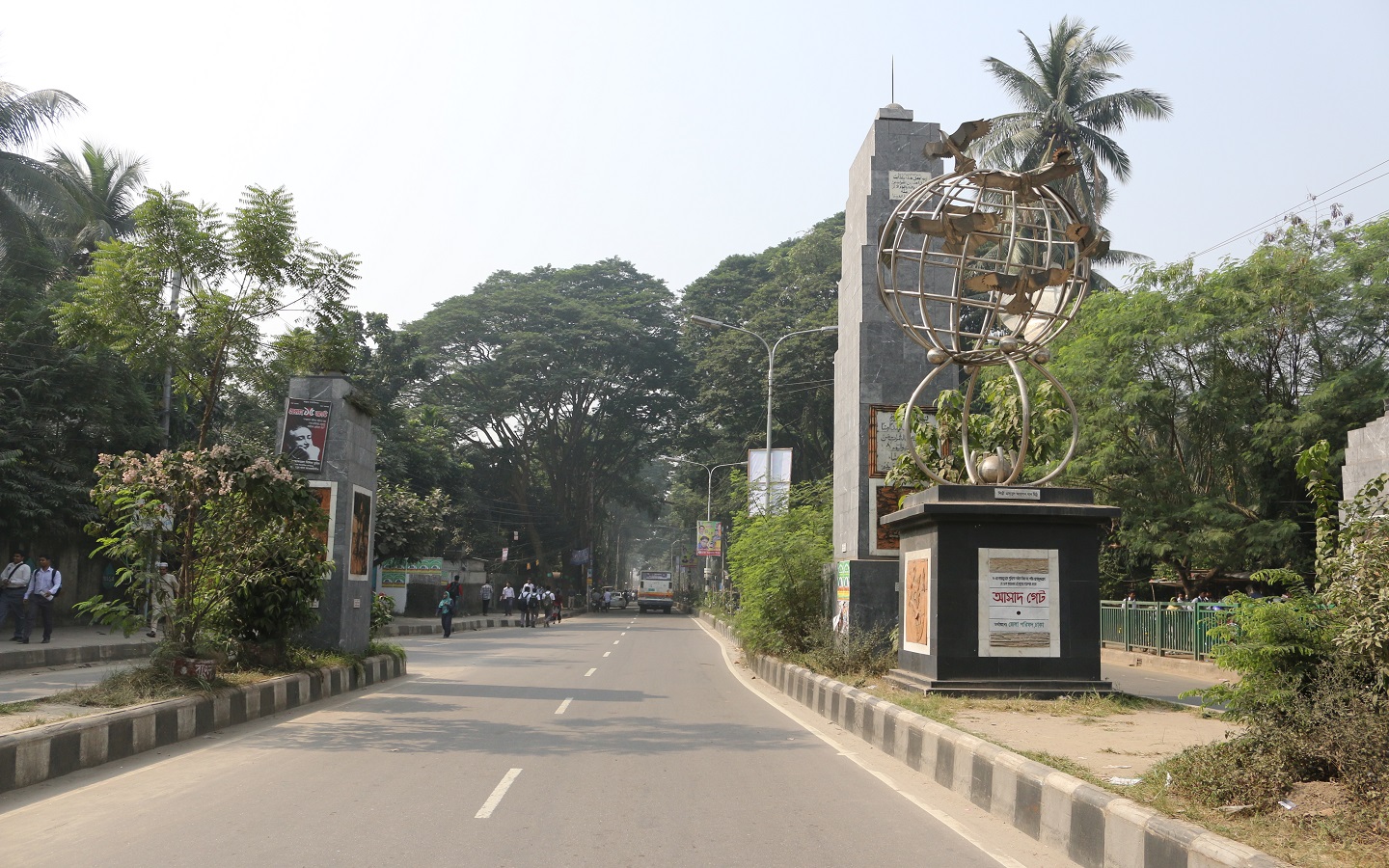
The history of this road is tied to the horrific incident of 1969. In that year, the fall of dictator Ayub Khan and the demand for the withdrawal of the Agartala conspiracy case swept across the country. Rock-solid movements, processions, and strikes overwhelmed the Pakistani abolitionists and shook them to their core.
In response, at the order of the governing authority, police opened fire on the protesting student leaders. Among many, student leader Amanullah Muhammad Asadujjaman Asad was killed. They thought they could corner the enraged Bengalis but the opposite happened.
People across the country became furious and decided to erase Ayub Khan’s name from everywhere. Overnight Ayub Khan’s name was removed from the park, road, and other monumental establishments and changed. The road beside the National Parliament of Bangladesh that goes towards Mohammadpur was called Ayub Gate. In memoriam of martyr Asad, the gate became Asad Gate.
Shapla Chattar
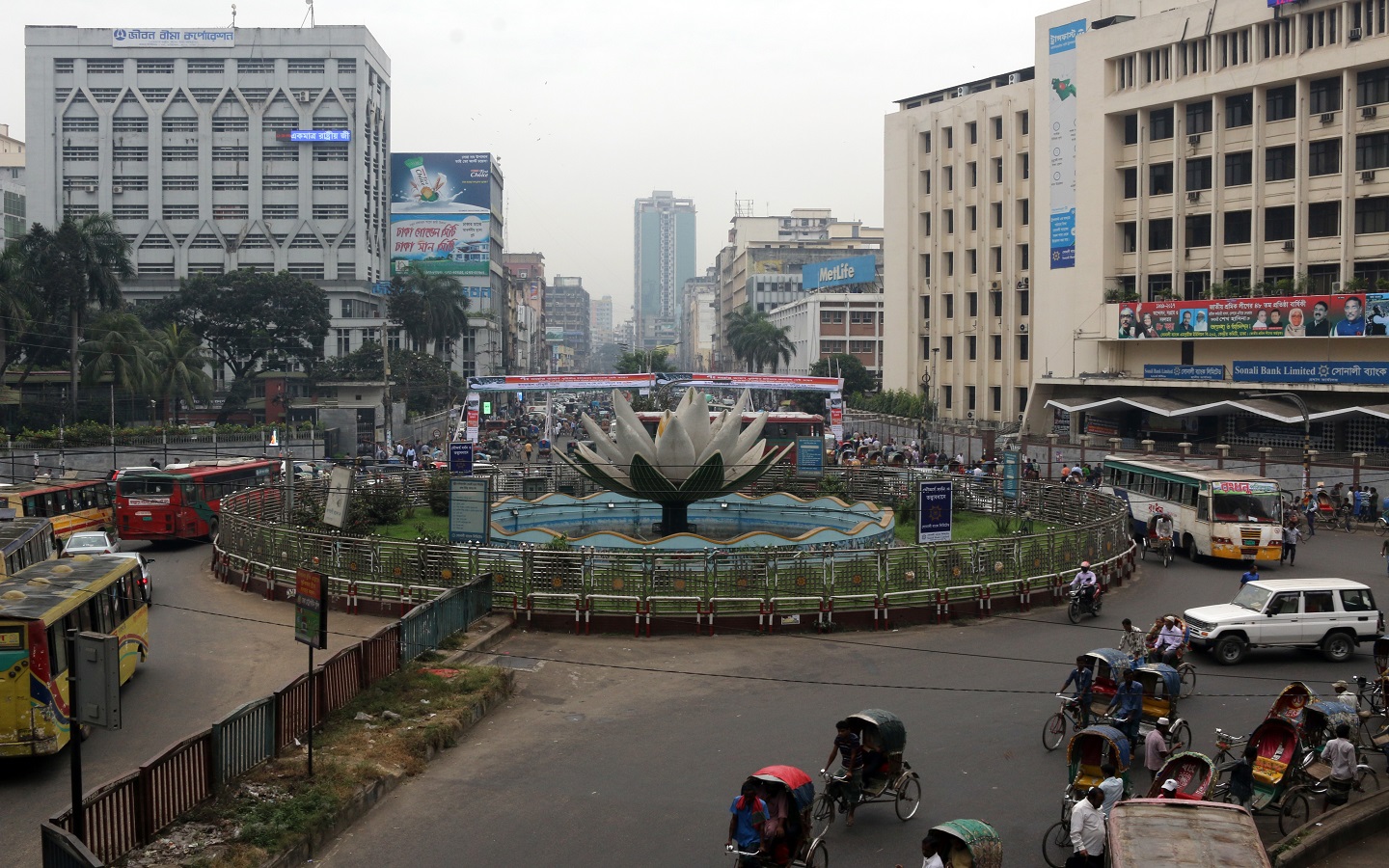
Shapla Chattar is another one of the historical roads/squares of Dhaka with special significance. It is located at the heart of Motijheel near the center of Dhaka. And at its center, there is a huge sculpture depicting the national flower of Bangladesh, Shapla surrounded by a fountain. The place is also connected to the liberation war of 1971. When the Pakistani abolitionists conducted extensive mass killing and plundered in the area during the war, the square was the place where all the martyrs were buried. Over time, the graveyard turned into a square and the sculpture was installed. Later, centering the square various important establishments were built including Bangladesh Bank, many governments and private establishments including Banga Bhaban, Dhaka Stock Exchange, Biman Bangladesh Air Lines, Water and Power Development Board, etc.
Sat Masjid Road
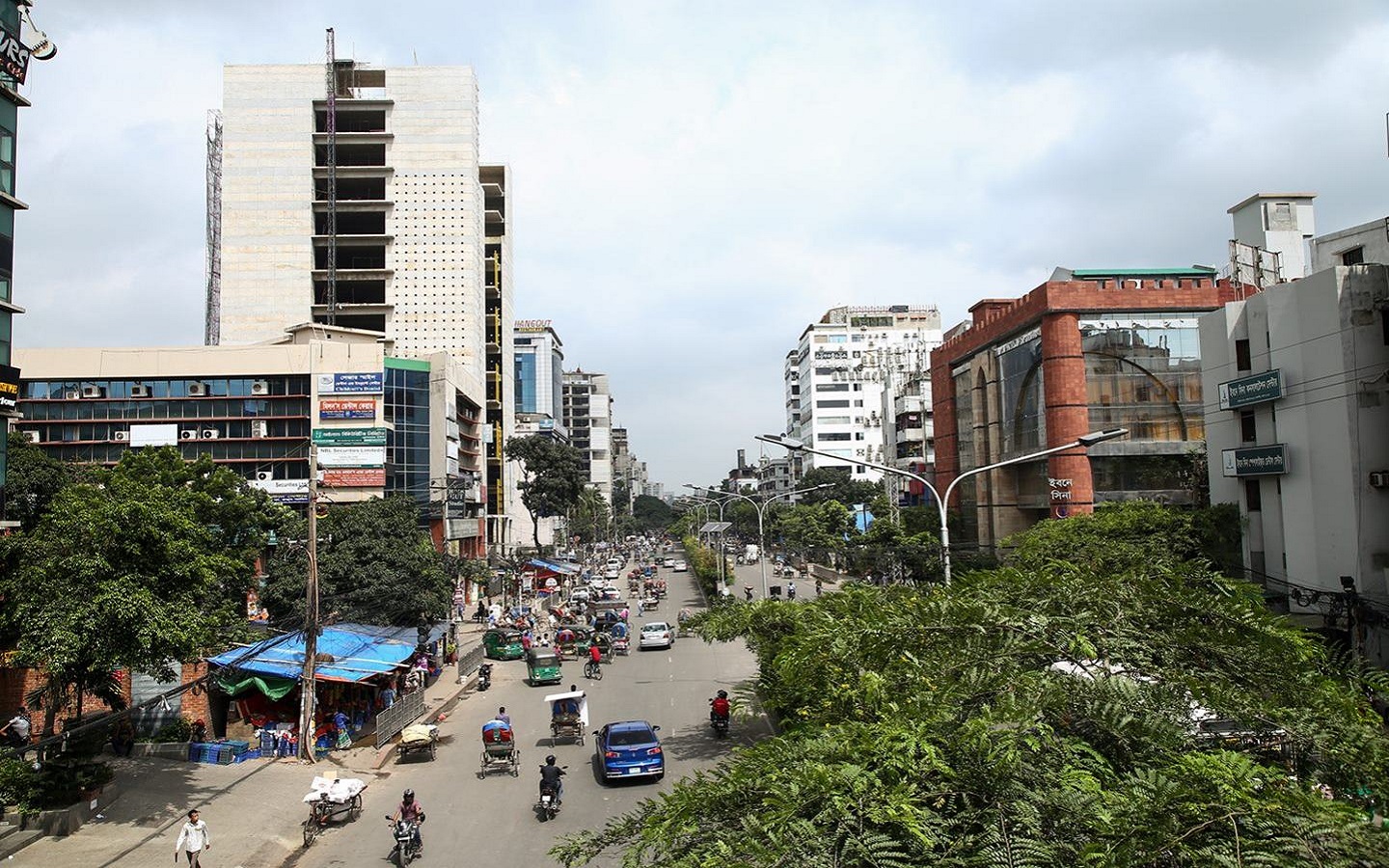
Back in the 17th century, under Shaista Khan’s authority, numerous city expansion plans were initiated centering the Buriganga river. In effect, this part of the capital became one of the most developed and well-constructed areas of Dhaka. The road that we know today by the name Sat Masjid Road was constructed by Mir Jumla. It connected Bagh-i-Badshahi (The area between Fulbaria and Mir Jumla’s gate) with Tongi outpost (in later years it formed a part of the Dhaka-Mymensingh road link) forming the axis for the future development of the city in that direction. This historical road got its name from the seven domed mosque built by Shaista Khan, which still remains as a testament to the old times. Today, the area that is built around this road is a land unimaginably blessed by nature as well as modern architecture and the area that we all love and know as Dhanmondi.
Different parts of history have affected Dhaka in different ways. Some are more significant than others. But when it comes to the shaping of the entire city, each and every part of history has contributed equally to it. The aforementioned historical roads/squares of Dhaka are some of those parts that are steeped in the history of Bangladesh.

